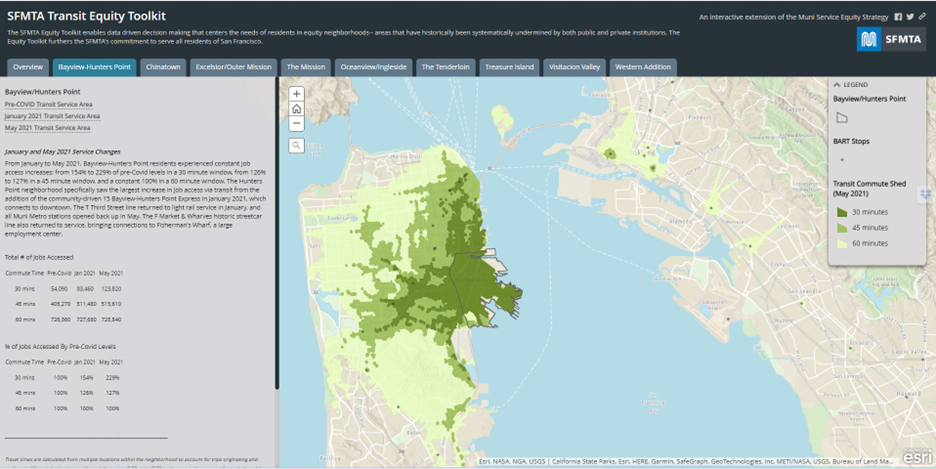- August 17, 2020
- Transportation
Climate change is increasingly a top public priority, and cities are listening. Concern over sustainability and the environment is guiding where and how cities are investing their time and funding, and mobility is an important sector for “greenovation.” In this article, five cities show that there are many different ways to approach sustainable mobility, and hopefully they will inspire other cities to go green, too.
Los Angeles is making historic investments in electric buses. Earlier this year the Department of Transportation ordered 155 zero-emission buses, the biggest single order in American history. They will be delivered and put into circulation over the next two years, with the goal of having 100 percent electric buses by the LA Summer Olympics in 2028.
In anticipation of building a new smart city in Norway, the Smart Transport Bordø project is testing out green mobility solutions in the existing city of Bordø. Project planners are nudging residents toward green transit and emphasizing micromobility and shared vehicles, which will influence the design of sustainable travel in the new smart city.
Denver, and the surrounding metro area, is shaking up its transportation scene, with new pedestrian footbridges, a light-rail extension, improved biking corridors, and designated bus lanes. All of this investment makes non-car travel more attractive than driving, leading to a domino effect that should have Coloradans opt out of cars and intro greener modes of travel.
If walking and biking is dramatically less safe than driving, then convincing people to use greener mobility will be difficult. In Minneapolis, sensors now monitor major intersections and provide insights that help improve signal timing and reduce accidents, to encourage more walkers and bikers.
Once known as “Britain’s Detroit,” the city of Coventry is now enticing drivers to utilize non-car transit by providing up to £3,000 (almost $4,000) of “mobility credits” that can be used on public transit passes, taxis, or bikeshares. The money comes from a grant from the national Department of Transportation, and the credits will be given through a smartphone app for participants.
Along with the environmental benefits like better air quality, investments in green infrastructure can help reduce vehicle accidents; according to the American Public Transportation Association, the chances of being in an accident are reduced “by more than 90 percent simply by taking public transit as opposed to commuting by car.” Studies have shown that there are also fitness and health benefits associated with public transit, since “active transport (walking and cycling) and public transit are complements.” Finally, investing in non-car infrastructure and public transit can help correct inequities that are often experienced by lower-income individuals and communities of color.





